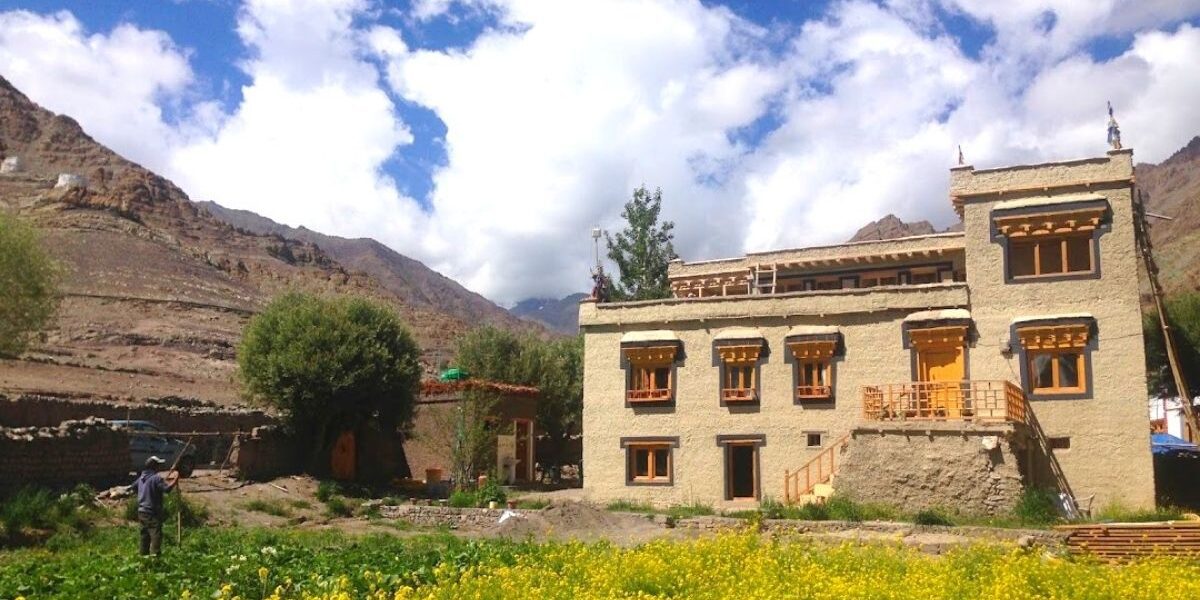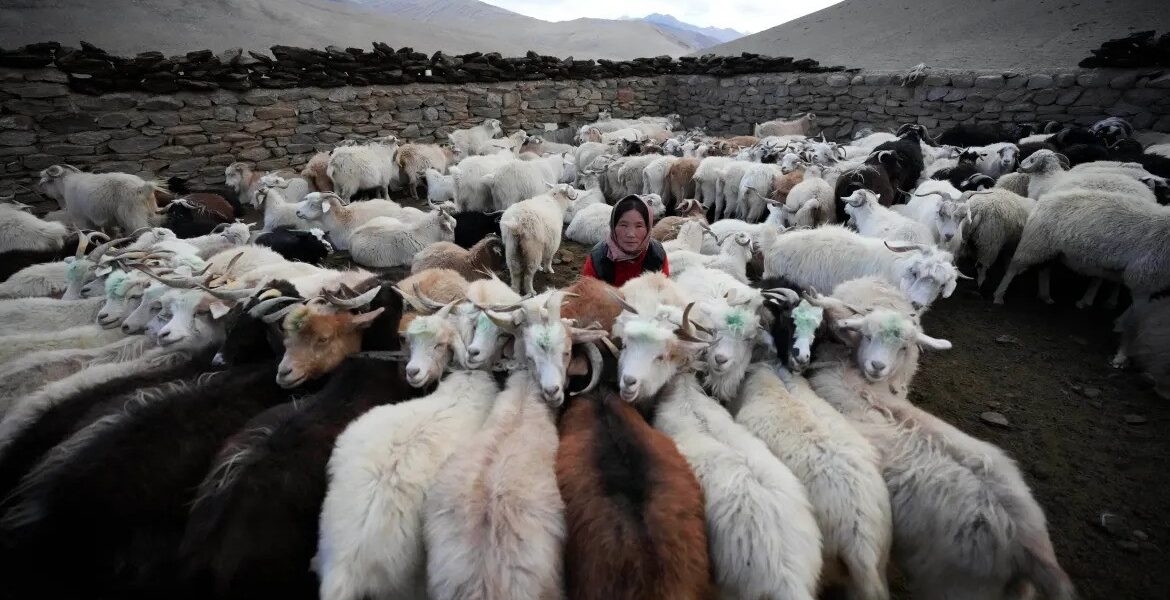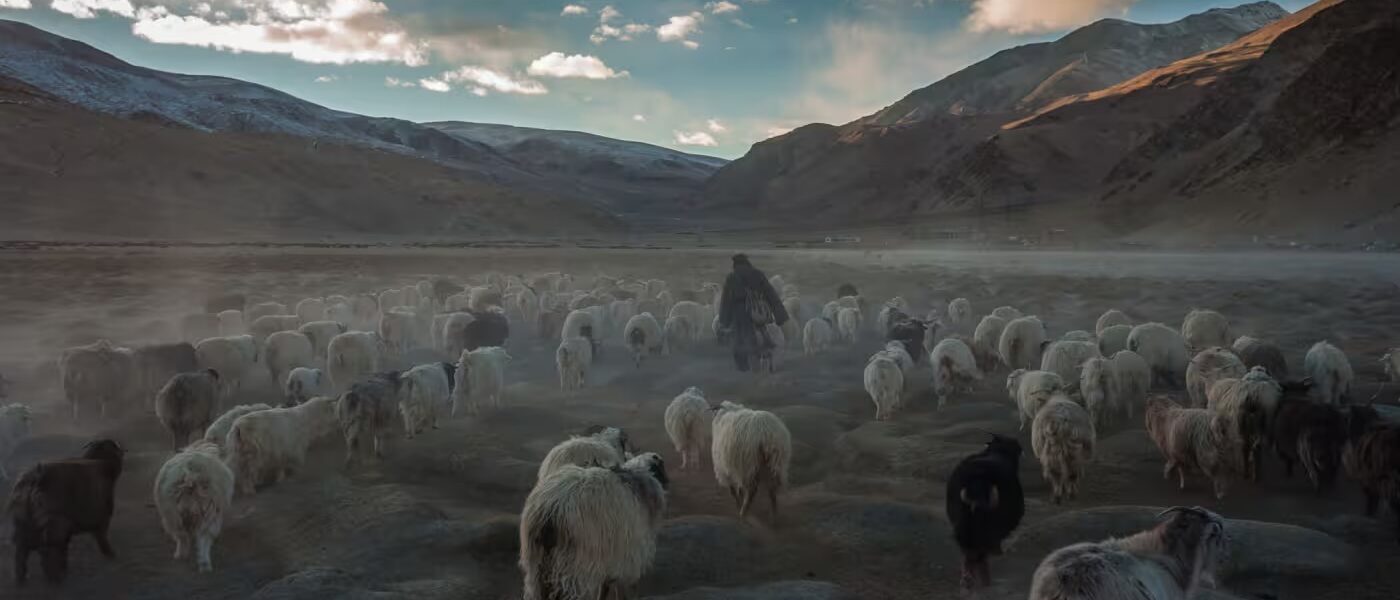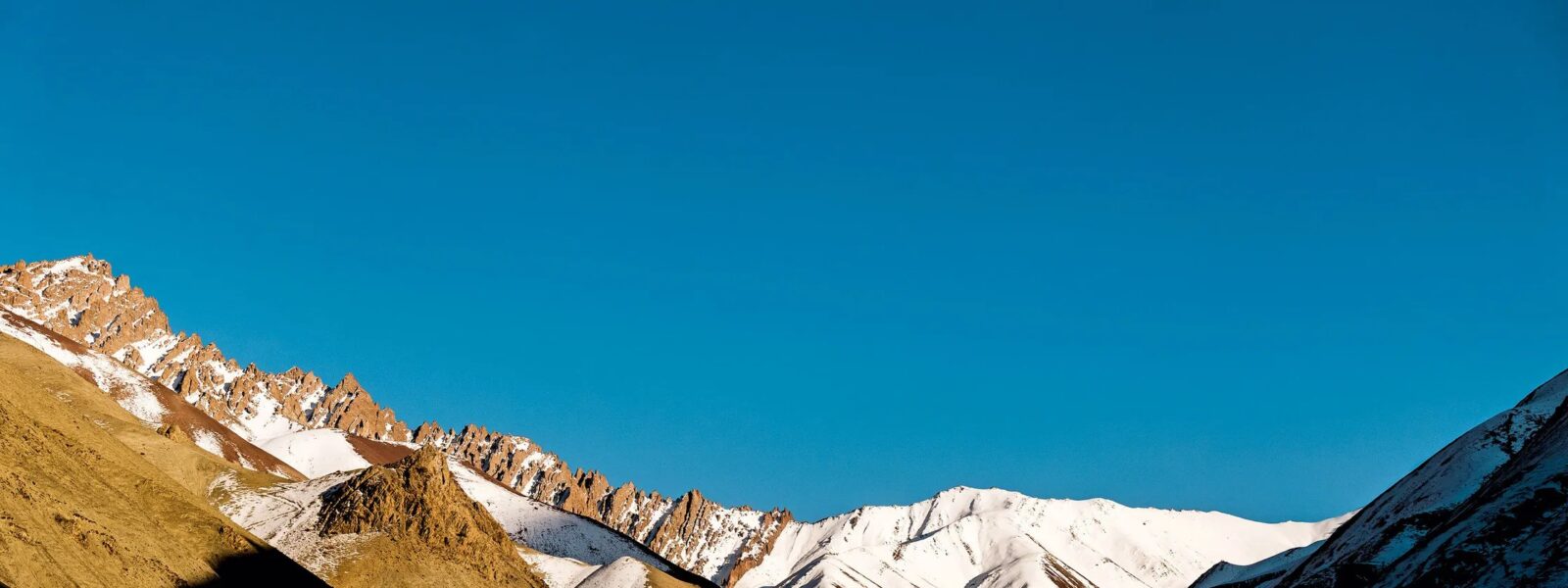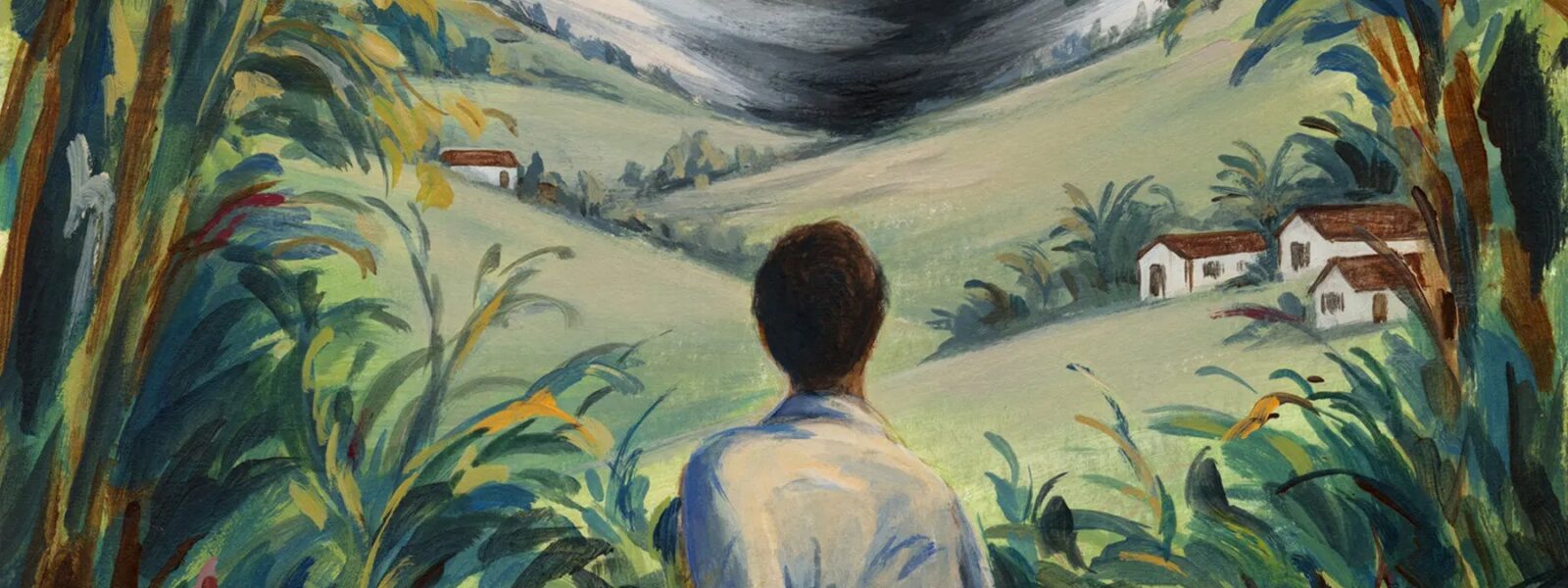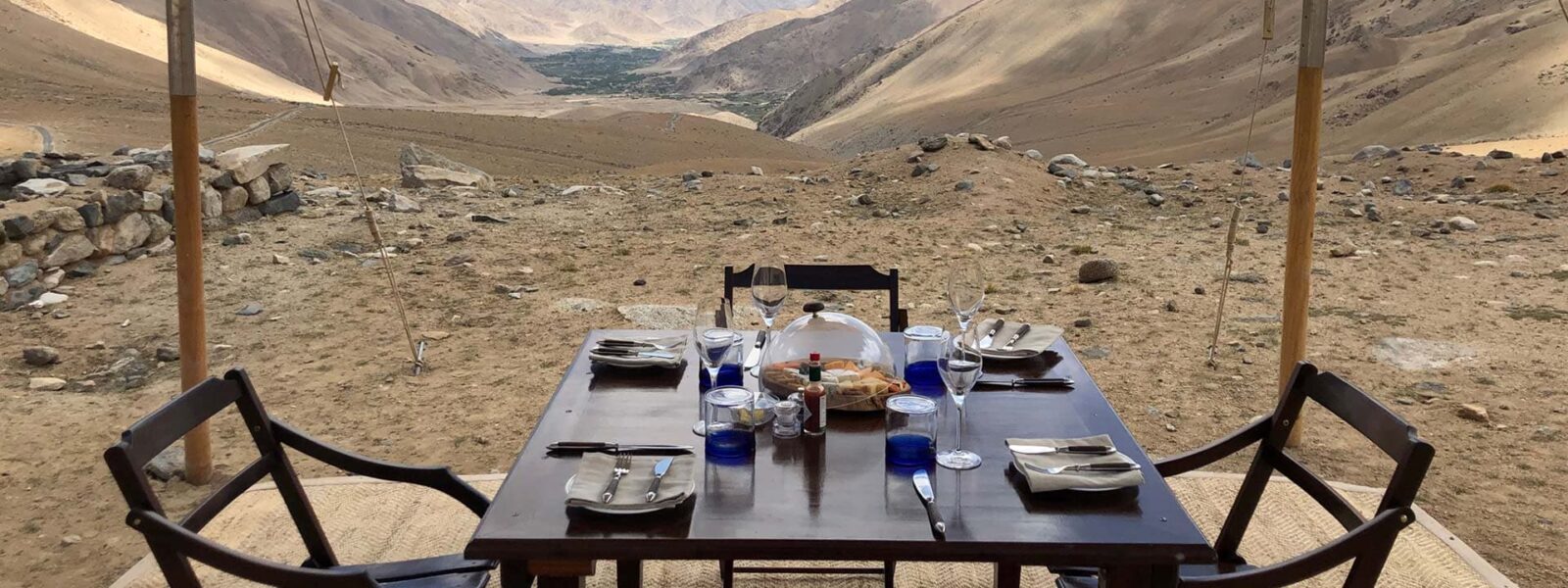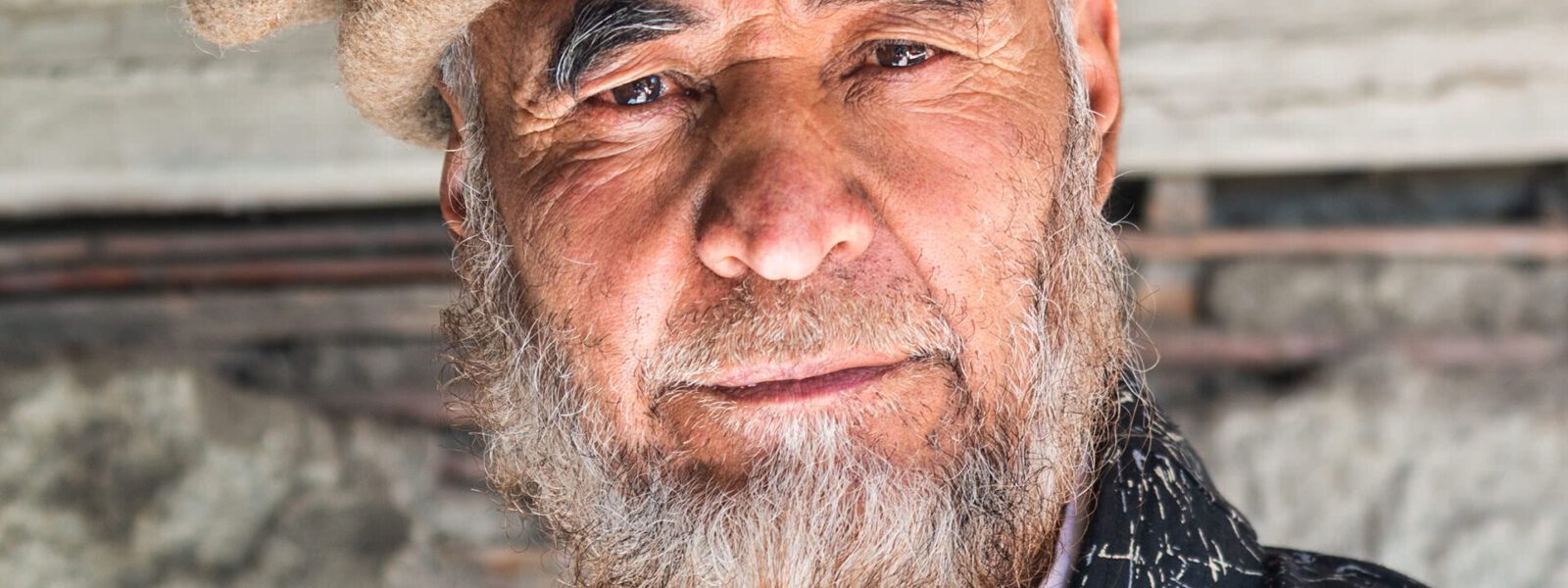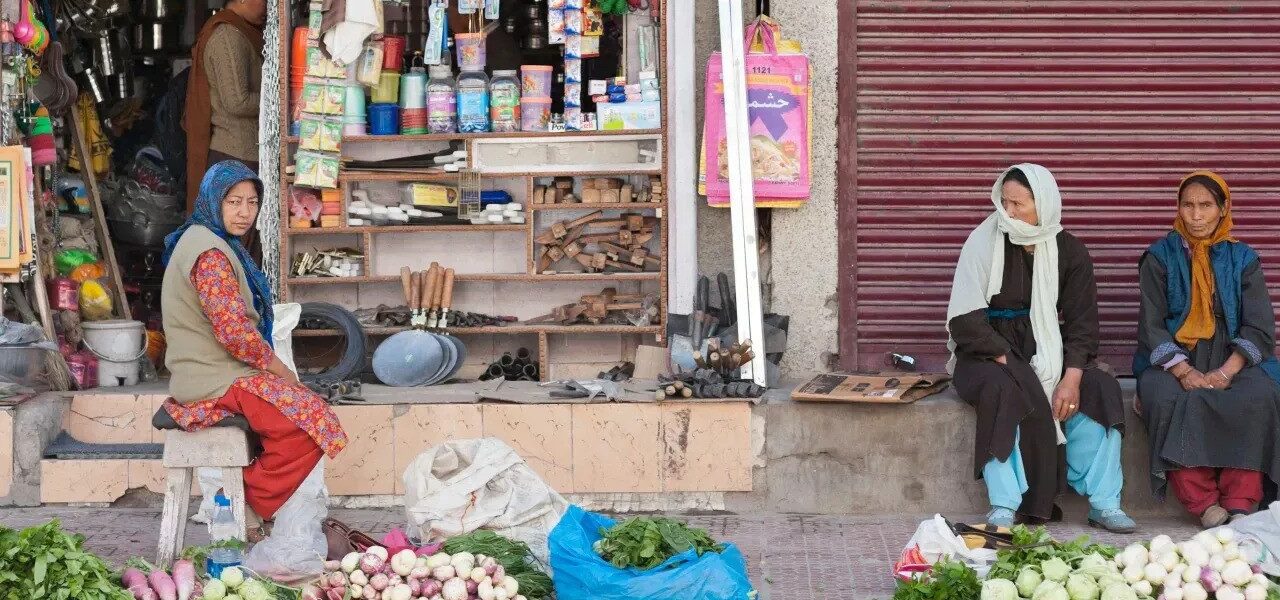Why Choose Guesthouses and Homestays in Offbeat Ladakh?
Travelers who venture into the heart of Ladakh often discover that the most rewarding experiences are not found in luxury hotels or curated resorts—but in the warmth of a family kitchen, in stories shared by firelight, and in homes perched on windswept slopes miles from the nearest town. That’s where Ladakh’s guesthouses and homestays reveal their quiet magic. Especially in the offbeat regions, these family-run stays offer something far more valuable than a soft mattress or hot water—they offer connection, cultural immersion, and authenticity.
Why choose a homestay in Ladakh? Because it’s the closest you’ll come to understanding this high-altitude world not as a tourist, but as a guest. In areas like Nubra Valley, Sham Valley, or Zanskar, traditional homestays welcome you into Ladakhi homes where mud-brick walls insulate against the cold, meals are made with barley grown in the next field, and families still gather for butter tea and chang as the sun dips behind Himalayan peaks.
Guesthouses in remote Ladakh are not standardized. Each one tells a different story. Some may have colorful carpets and carved wooden ceilings; others might be humble, offering just a simple room and hot meals made with local love. That’s the beauty. You’re not consuming a product—you’re stepping into a way of life. And for conscious travelers looking for sustainable tourism options, these accommodations are a lifeline to village economies, helping to preserve ancient cultures while minimizing environmental impact.
In contrast to busy hotels in Leh, these hidden guesthouses offer quietude. You might wake to the sound of yaks, walk to a monastery older than the Mughal Empire, or watch stars shimmer above a village with no light pollution. The regions may be harder to reach, but that’s part of the reward. Fewer crowds. More peace. Deeper stories.
Whether you’re trekking from village to village or planning a slow travel retreat, choosing a homestay opens the door to offbeat Ladakh in ways no hotel ever could. It’s a choice to travel with humility, curiosity, and respect for the land and its people. And for those who seek to be transformed by their journey, there is no better place to begin than a modest Ladakhi guestroom, warmed by hospitality that asks for nothing in return.
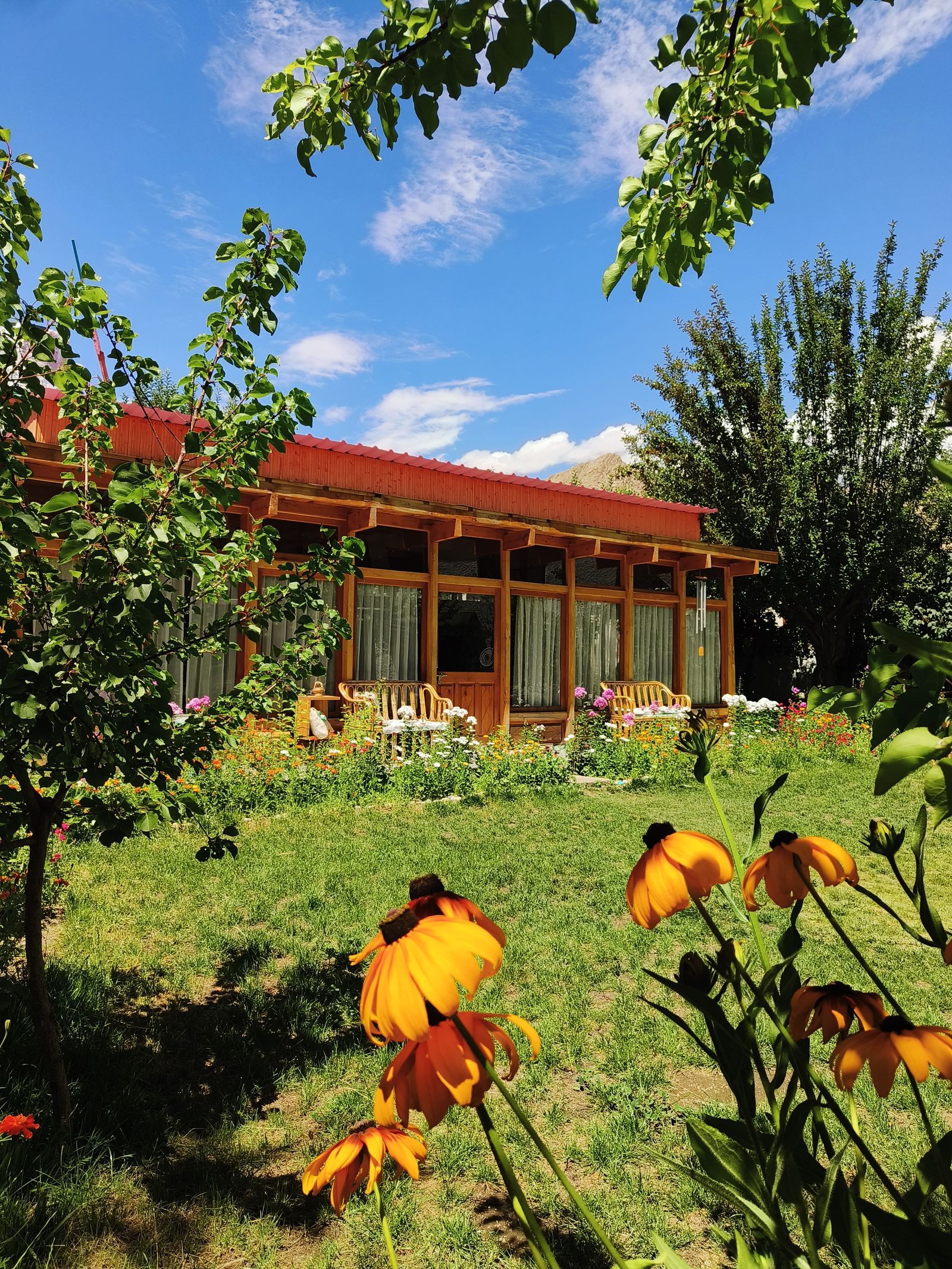
Regional Guide to Offbeat Homestays in Ladakh
Ladakh is not a single destination—it is a mosaic of ancient valleys, stark plateaus, and hidden hamlets, each with its own dialect, rhythm, and story. The beauty of choosing offbeat homestays is that your accommodation becomes a gateway into the heart of these regions. Below, we explore some of the most remarkable places where you can stay with local families, far from the mainstream tourist trail.
Sham Valley—often called the “Apricot Valley”—is ideal for travelers new to Ladakh yet seeking quietude and cultural depth. Villages like Temisgam, Hemishukpachan, and Yangthang offer homestays set among apricot orchards and barley fields. Here, you’ll share meals in traditional kitchens, trek between villages along ancient trade routes, and witness a gentle pace of life rooted in Buddhist values. Homestays in Sham Valley are well-suited for families and solo travelers alike who are looking for eco-friendly guesthouses and immersive encounters.
Nubra Valley is known for its sand dunes and double-humped camels, but its lesser-known treasures lie in villages like Turtuk, Sumur, and Panamik. These areas offer guesthouses nestled near apricot groves and along glacial rivers, often run by Balti and Ladakhi families. Turtuk, one of the last Indian villages before the Pakistan border, feels like a world apart—its stone homes, wood-carved balconies, and vibrant community life make it ideal for slow travelers and photographers seeking hidden gem accommodations.
In the remote kingdom of Zanskar, adventure meets tradition. The journey to villages like Karsha or Padum may be long and challenging, but the rewards are rich. Staying in a Zanskari homestay means being welcomed into a home where Tibetan Buddhism guides daily life, where butter lamps glow at dusk, and where silence speaks volumes. Perfect for trekkers, writers, or those wanting to disconnect from digital life.
In the Dah-Hanu region, homestays offer a rare chance to stay among the Broqpa or Aryan community, whose culture and traditions differ strikingly from the rest of Ladakh. The villages of Dah and Hanu sit in fertile valleys where colorful headgear, unique dialects, and animist-Buddhist customs offer a distinct cultural immersion. This is cultural travel at its rawest—deeply respectful, curious, and life-affirming.
Lastly, the Changthang Plateau—home to nomadic tribes—offers homestays near high-altitude lakes like Tso Moriri and Hanle. While infrastructure is minimal, the experience is profound. Spend your nights under skies alive with stars, and your days observing yak herders and visiting solar-powered schools. These are not just places to stay; they are living museums of high-altitude survival, perfect for conscious explorers.
Each of these regions tells a different story of Ladakh, and by choosing a guesthouse or homestay, you don’t just witness that story—you become part of it.
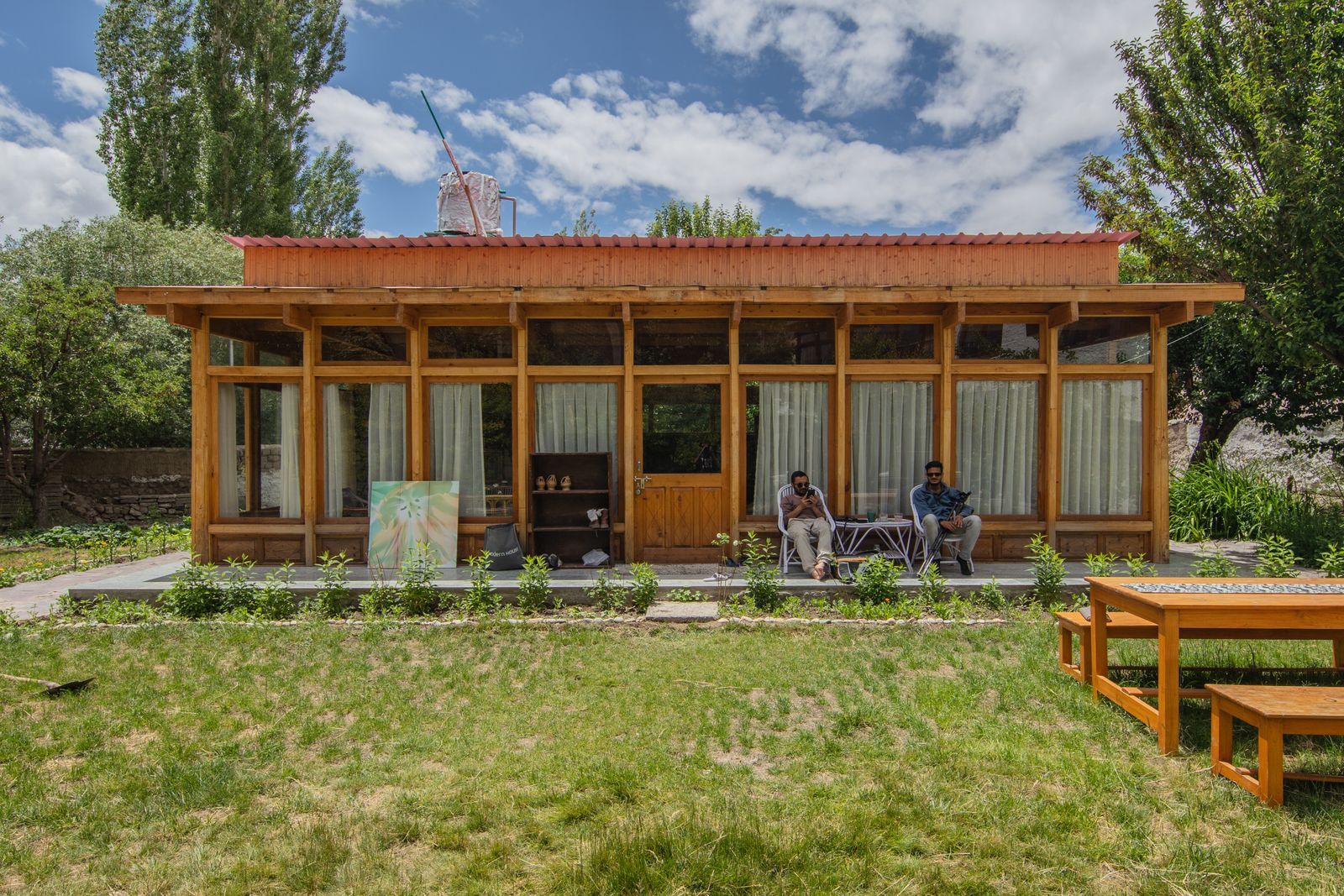
What to Expect from a Homestay in Ladakh
Choosing a homestay in Ladakh isn’t just about accommodation—it’s about embracing a different way of life. When you stay in a traditional Ladakhi home, you’re welcomed not as a customer, but as a guest. This unique experience stands in contrast to hotel stays, offering deeper connection, cultural learning, and a more grounded sense of place. But to enjoy your stay fully, it’s helpful to know what to expect.
First, expect simplicity—and beauty in it. Most Ladakhi homestays are modest, with basic facilities like a shared bathroom, traditional floor seating, and a thick blanket for the cold nights. The walls are often made of mud-brick, and rooms are lit naturally during the day. Don’t expect luxury. Instead, expect handcrafted warmth, clean bedding, and an atmosphere filled with kindness. These homes are built to survive the harsh winters and to host family and travelers alike with quiet dignity.
Meals are a highlight. You’ll eat what the family eats—freshly prepared dishes made from locally grown barley, potatoes, turnips, and spinach. Typical meals include khambir (Ladakhi bread), thukpa (noodle soup), and momos (steamed dumplings). Butter tea—salty, creamy, and rich—is served often, especially during colder days. For many guests, meals around the family hearth become their favorite memories. If you’re vegetarian, you’ll feel at home; meat is reserved for special occasions and not a daily staple in most households.
Language barriers are common, but Ladakhis are expressive and kind, often using gestures and smiles to bridge any gaps. Many hosts have some familiarity with English, especially in areas that receive regular visitors, but patience goes a long way. It’s helpful to learn a few Ladakhi or Hindi phrases—it shows respect and usually results in warm smiles and even better hospitality.
Electricity and internet access may be limited or unavailable, particularly in remote areas like Zanskar or the Changthang Plateau. Homestays often rely on solar power, and hot water may be bucketed in manually. Wi-Fi is rare outside of Leh and larger villages. But in this digital silence, many travelers find something they didn’t know they were missing—real rest, deeper sleep, clearer thoughts, and more meaningful conversations.
You should also expect to participate in the rhythms of village life. You might be invited to help in the kitchen, walk with your host to fetch water, or sit silently as they spin prayer wheels at dawn. These moments offer a window into a culture shaped by nature, Buddhism, and resilience. Don’t be afraid to ask questions—curiosity is always welcomed.
In short, a Ladakhi homestay is not just a place to sleep. It’s a shared experience of hospitality, one shaped by landscape, tradition, and human connection. With an open mind and respectful heart, you’ll find that even the simplest room in a remote village can feel like home.
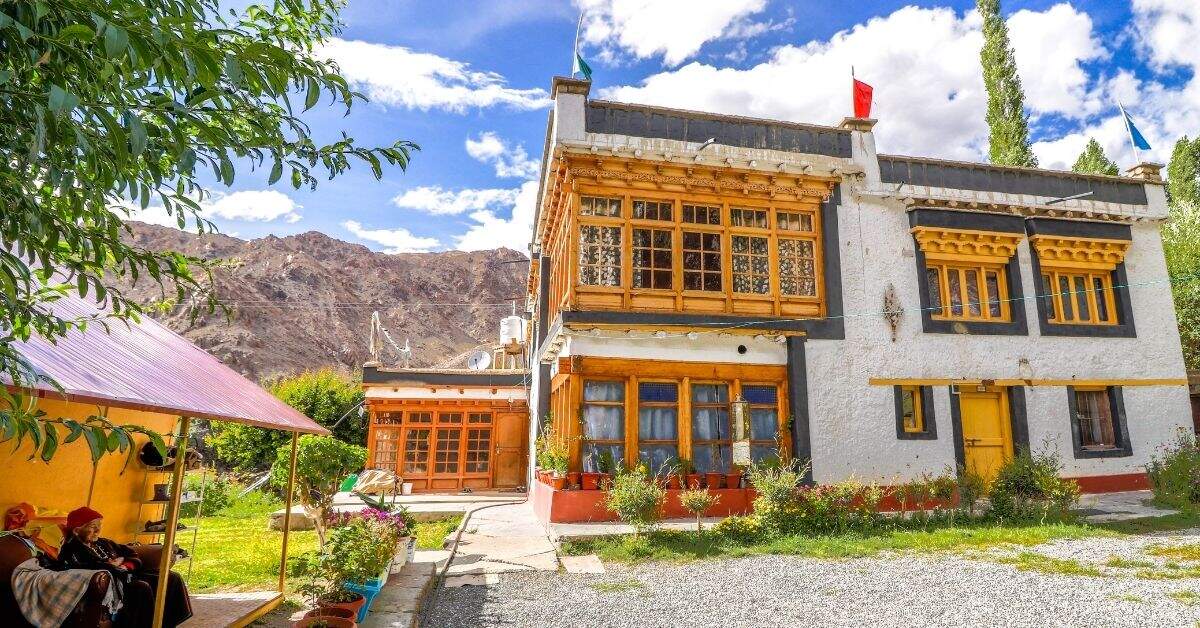
How to Book Guesthouses and Homestays in Offbeat Ladakh
Booking a place to stay in Ladakh’s remote regions is not quite the same as securing a hotel in a big city. While some areas now offer online booking platforms, others still rely on word-of-mouth, personal networks, or local contacts. Understanding how to book guesthouses and homestays in offbeat Ladakh ensures you have a smooth experience and arrive with confidence, even in the most secluded valleys.
Online booking is possible—but limited. Platforms like Booking.com, Airbnb, or specialized travel agencies do list a few guesthouses in regions like Sham Valley, Nubra, or Turtuk. These options often belong to more established family-run accommodations that have adapted to digital bookings. However, for many truly off-grid destinations like Zanskar, Hanle, or the Aryan villages of Dah and Hanu, listings may not be available online. Instead, travelers often rely on local tour operators or word-of-mouth recommendations to secure their stays.
One effective strategy is to connect with local travel companies based in Leh that specialize in homestay experiences. They often have up-to-date knowledge of village accommodations, contact with families directly, and can help organize transportation and permits as part of a package. These companies are also well-equipped to match your interests—be it cultural immersion, trekking support, or sustainable travel—with suitable hosts.
Walk-in bookings can work in some regions, especially during off-peak travel months (May, June, September). In small villages, many families are happy to host travelers who arrive without a reservation, and a quick conversation at the local shop or monastery often leads to a warm bed and a meal. However, this is not guaranteed, especially during high season or in areas with limited accommodation, so planning ahead is wise.
The best time to visit Ladakh for homestay experiences is between mid-May and late September. During this period, roads are open, families are active in the fields, and festivals often animate village life. Winter travel is possible in select places, but many homestays shut down due to freezing temperatures and limited accessibility. If you’re planning a visit in spring or autumn, it’s essential to double-check availability in advance.
For those interested in slow travel or volunteering, some Ladakhi homestays also participate in cultural exchange programs or eco-volunteering initiatives. These often require longer stays and deeper engagement but offer rich, unforgettable experiences. Contacting local NGOs or sustainability-focused platforms can open these doors.
When you book a homestay in offbeat Ladakh, you’re not just arranging a room—you’re setting the tone for a meaningful experience. A few thoughtful steps, like booking through a local expert, learning about the host family, or communicating dietary preferences in advance, go a long way in ensuring both you and your hosts enjoy the exchange.
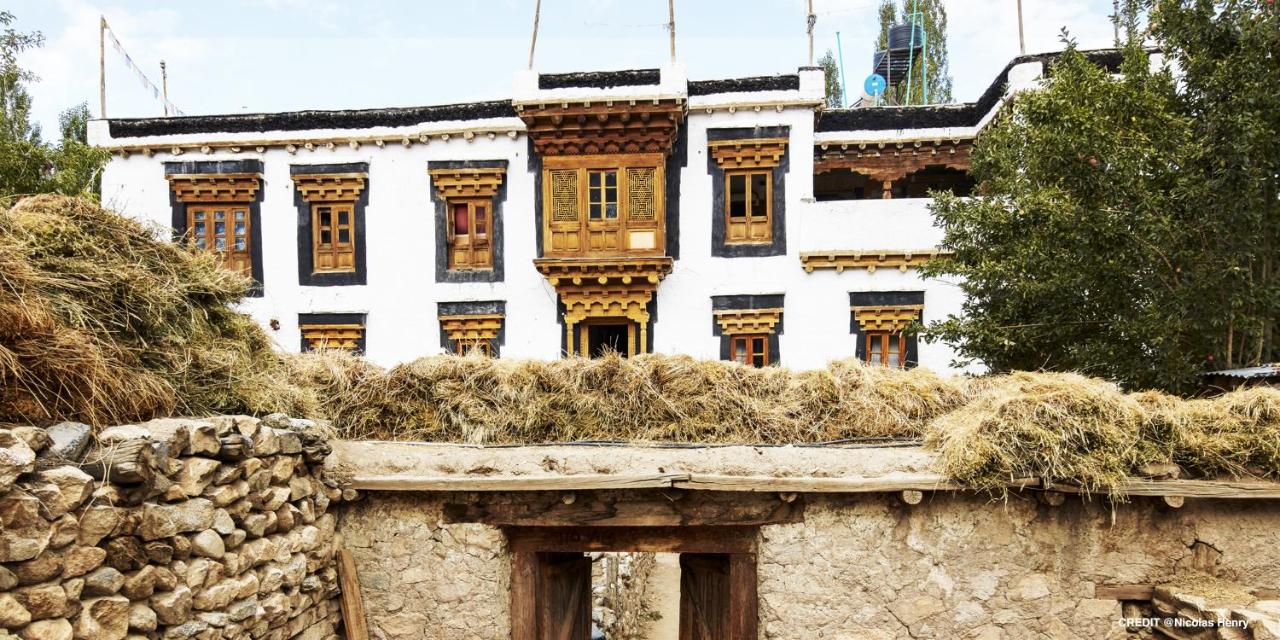
FAQs about Staying in Ladakh Homestays
For travelers venturing into Ladakh’s remote corners, it’s natural to have questions. Whether you’re planning your first visit or considering a longer cultural immersion, understanding what to expect helps build confidence and enhances your overall journey. Below are answers to the most frequently asked questions about staying in offbeat homestays in Ladakh.
Are homestays safe in remote areas of Ladakh?
Yes. Ladakhi culture is rooted in hospitality, kindness, and deep respect for guests. In both Buddhist and Muslim villages, travelers are welcomed as members of the household. Women traveling solo will generally feel safe, though, as in any rural setting, it’s advisable to inform someone of your travel plans and maintain respectful behavior. Homestay hosts often look out for guests like extended family.
Can foreigners stay in all parts of Ladakh?
Mostly yes, but some areas like Hanle or regions near the Line of Actual Control require an Inner Line Permit (ILP), and foreign nationals may not be allowed in certain zones. Always check current regulations with your travel agency or the local DC Office in Leh before planning your route. It’s best to work with a local operator who can manage permits for you.
Will I have access to electricity and Wi-Fi?
Electricity is available in most villages for a few hours a day, typically powered by solar energy or local grids. However, power cuts are common, and you should bring power banks. Internet access is extremely limited. Many homestays do not offer Wi-Fi, especially in regions like Zanskar, Changthang, and Dah-Hanu. Consider this an opportunity to disconnect and be present.
What should I pack for a homestay?
Essential items include a flashlight or headlamp, warm layers (even in summer), personal toiletries, a towel, and perhaps small gifts for your hosts (like snacks or souvenirs from your home country). A reusable water bottle, filter, or purification tablets are helpful, as plastic use is discouraged. Always carry cash, as most villages do not have ATMs or digital payment options.
What is the food like in homestays?
Expect simple, hearty Ladakhi cuisine, including dishes like skyu, thukpa, momos, and khambir bread. Meals are vegetarian by default, often made from local ingredients like barley, potatoes, and greens. You’ll usually share meals with the host family, sitting on cushions around a low table. Food is fresh, nourishing, and always served with generosity.
Do I need to bring gifts or offerings?
It’s not required, but thoughtful gifts are appreciated—especially useful household items, school supplies for children, or regional specialties from your home country. Avoid giving money directly unless as part of your booking. Kindness, interest in their way of life, and respectful curiosity are the most valued offerings.
Answering these common questions helps travelers prepare mentally and practically. It also strengthens the respectful connection between visitors and host communities—one of the most rewarding aspects of traveling through Ladakh’s hidden corners.

Final Thoughts – Make Your Trip Memorable with a Local Stay
In Ladakh, it’s not just the landscapes that leave a lasting impression—it’s the people. The chance to stay in a family-run homestay or a remote village guesthouse transforms your journey into something richer, more intimate, and undeniably more human. As the sun sets over a barley field, or prayer flags flutter outside a kitchen window, you begin to realize: this isn’t just a place you’re visiting. You’re becoming a part of someone’s daily life—even if just for a few days.
By choosing a homestay in offbeat Ladakh, you are actively supporting community livelihoods, preserving traditional ways of life, and reducing your environmental impact. You are opting out of mass tourism in favor of something quieter, slower, and deeply rewarding. Every smile, every bowl of thukpa, every early morning filled with stillness and frost is an invitation to see the world differently—to travel with purpose and respect.
Whether you’re staying in the lush valleys of Sham, the desert villages of Nubra, the windswept highlands of Changthang, or the rugged heart of Zanskar, you’ll leave with more than just photos. You’ll leave with stories, connections, and perhaps even a second home. In a place like Ladakh, where time moves differently and the stars seem closer, this kind of travel matters.
So where should you stay in Ladakh? Not just where the beds are warm—but where the welcome is warmer. Choose homestays. Choose authenticity. Choose stories. Let Ladakh live not only in your itinerary, but in your memory.
And when you return home, you won’t just say you’ve been to Ladakh. You’ll say, “I lived there, even if just for a moment.”

